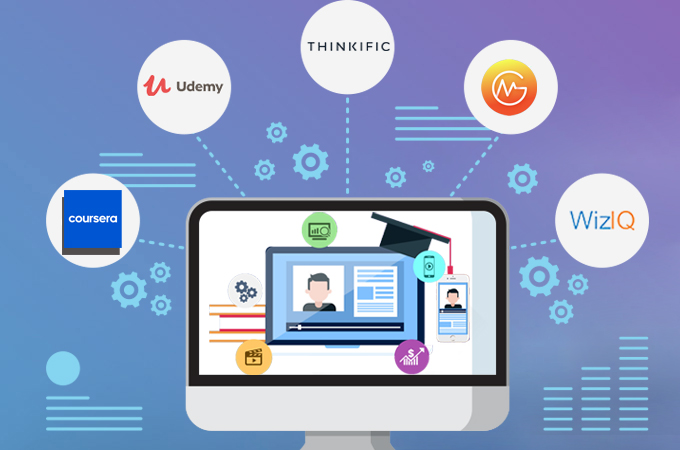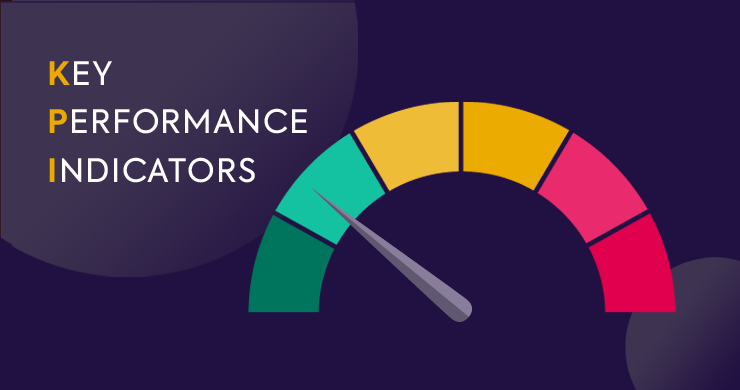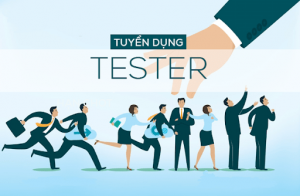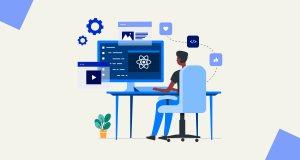The digital success of any business relies heavily on the skills of its workforce. As technologies evolve, it is imperative for organizations to ensure their teams are equipped with the necessary digital competencies to stay competitive. This article aims to provide guidance on how to effectively train your team for digital success, emphasizing the importance of assessing current digital skills and identifying knowledge gaps.
Importance of Assessing Current Digital Success Skills and Knowledge Gaps

Before embarking on a training program, it is crucial to understand the existing digital capabilities of your team. This initial assessment will help you identify where the strengths and weaknesses lie and determine the areas that require development. Here’s how to go about it:
- – Conduct Skill Assessments: Use surveys, quizzes, and self-assessment tools to evaluate your team’s current digital skills. These assessments should cover a wide range of digital competencies, from basic IT skills to more advanced technical knowledge.
- – Analyze Performance Data: Review performance data and metrics to identify trends and patterns that indicate skill gaps. Look for areas where productivity or efficiency could be improved with better digital skills.
- – Gather Feedback from Managers: Engage with team leaders and managers to gain insights into the digital proficiency of their team members. They can provide valuable feedback on where improvements are needed.
By thoroughly assessing your team’s current digital skills, you can tailor your training program to address specific gaps and enhance overall competency.
Define Clear Training Objectives

With a clear understanding of your team’s digital skill levels, the next step is to define your training objectives. These objectives should align with your organization’s goals and address the identified knowledge gaps. For example, if your company is transitioning to a new digital platform, one of your objectives might be to ensure all employees are proficient in using the platform within a specific timeframe.
Develop a Tailored Training Program

Creating a tailored training program is essential for meeting your defined objectives. Here’s how to structure an effective program:
- – Identify Training Needs: Based on your assessment, pinpoint the specific skills and knowledge areas that need improvement.
- – Select Appropriate Training Methods: Choose the training methods that best suit your team’s learning styles and preferences. Options include online courses, workshops, webinars, and hands-on training sessions.
- – Create Engaging Content: Develop or source training materials that are relevant, engaging, and up-to-date. Use a mix of videos, interactive modules, and practical exercises to keep learners engaged.
- – Set a Realistic Timeline: Establish a timeline for your training program, with clear milestones and deadlines to track progress.
Leverage Technology for Training

Utilizing the right technology can significantly enhance the effectiveness of your training program. Consider the following tools and platforms:
- – Learning Management Systems (LMS): An LMS can help you manage and deliver training content, track progress, and assess performance.
- – E-Learning Platforms: Platforms like Coursera, Udemy, and LinkedIn Learning offer a wide range of courses that can be tailored to your team’s needs.
- – Collaboration Tools: Use tools like Slack, Microsoft Teams, or Trello to facilitate communication and collaboration during the training process.
Promote a Culture of Continuous Learning
Digital success is not a one-time achievement but an ongoing process. Encourage a culture of continuous learning within your organization by:
- – Providing Access to Learning Resources: Give your team access to online courses, webinars, and industry publications to keep their skills up-to-date.
- – Encouraging Knowledge Sharing: Foster an environment where team members can share their knowledge and experiences through regular meetings, workshops, or online forums.
- – Recognizing and Rewarding Learning: Acknowledge and reward employees who actively engage in learning and development activities.
Monitor Progress and Provide Feedback
Regularly monitor the progress of your training program and provide feedback to your team members. Use assessments, quizzes, and practical tasks to evaluate their understanding and proficiency. Constructive feedback will help them improve and stay motivated.

Measure the Impact of Training
Finally, measure the impact of your training program to ensure it is delivering the desired results. Track key performance indicators (KPIs) such as productivity, efficiency, and employee satisfaction. Use this data to refine and improve your training initiatives continuously.

Conclusion
Training your team for digital success is an essential investment in your organization’s future. By assessing current skills, defining clear objectives, developing a tailored training program, leveraging technology, and promoting continuous learning, you can equip your team with the digital competencies they need to thrive in today’s fast-paced digital world. Remember, the journey to digital success is ongoing, and continuous improvement is key to staying ahead in the ever-evolving digital landscape.













